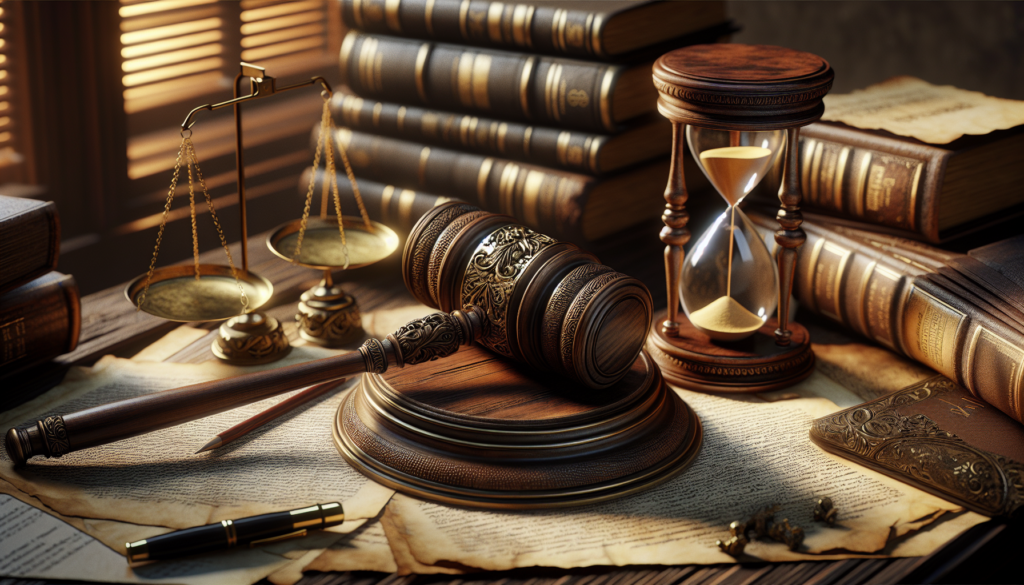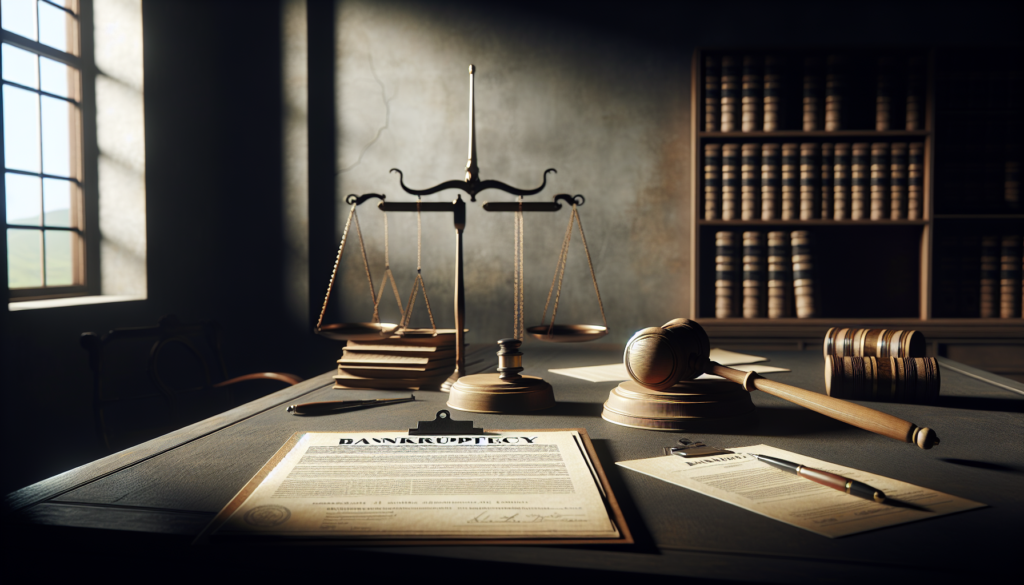
A “cramdown” in Chapter 13 bankruptcy allows debtors to reduce the principal balance of a secured debt to the current market value of the collateral securing the debt. This can be particularly beneficial when a debtor owes more on a loan than the asset’s worth. Here’s a detailed look at how cramdowns work in Chapter 13 cases:
-
Applicability:
- Vehicles: For car loans, you can cram down the loan amount if the loan was originated more than 910 days (about 2 and a half years) before filing for bankruptcy. The loan balance can be reduced to the car’s current market value, with the excess balance treated as unsecured debt.
- Other Personal Property: For personal property other than vehicles (like furniture or electronics), the 910-day rule doesn’t apply. If the loan’s balance exceeds the property’s value, you can cram down the debt to the item’s current market value.
- Real Estate (Non-Primary Residence): Cramdowns can also apply to investment properties but not to the debtor’s primary residence. If you own rental property and the mortgage exceeds the property’s value, you can cram down the loan to the property’s current market value.
-
Treatment of Crammed Down Debt:
- The portion of the debt equal to the current value of the collateral is treated as secured and must be paid in full through the Chapter 13 plan.
- The remaining balance, now considered unsecured, is treated like other unsecured debts. You’ll pay a portion of this balance based on your disposable income, and the rest may be discharged at the end of your plan.
-
Interest Rates:
- In a cramdown, the interest rate on the crammed-down secured debt may also be modified. The new rate is often based on the national prime rate plus a risk factor, which can be significantly lower than the original rate, especially for subprime loans.
-
Legal Process:
- To achieve a cramdown, you’ll need to file a motion in the bankruptcy court and obtain approval. This process typically involves appraising the property to establish its current market value and possibly negotiating with the creditor.
-
Completion of the Plan:
- For the cramdown to take effect, you must complete your Chapter 13 repayment plan. If you fail to make all the payments under the plan, you risk not having the unsecured portion of the debt discharged.
Cramdowns in Chapter 13 bankruptcy can provide significant financial relief by reducing the balance of secured debts to the value of the collateral, potentially lowering payments, and altering interest rates. However, the process involves specific rules and legal procedures, so it’s advisable to work with a knowledgeable bankruptcy attorney to navigate the process effectively and maximize the benefits of a cramdown in your Chapter 13 case.


Get a Free Bankruptcy Case Evaluation